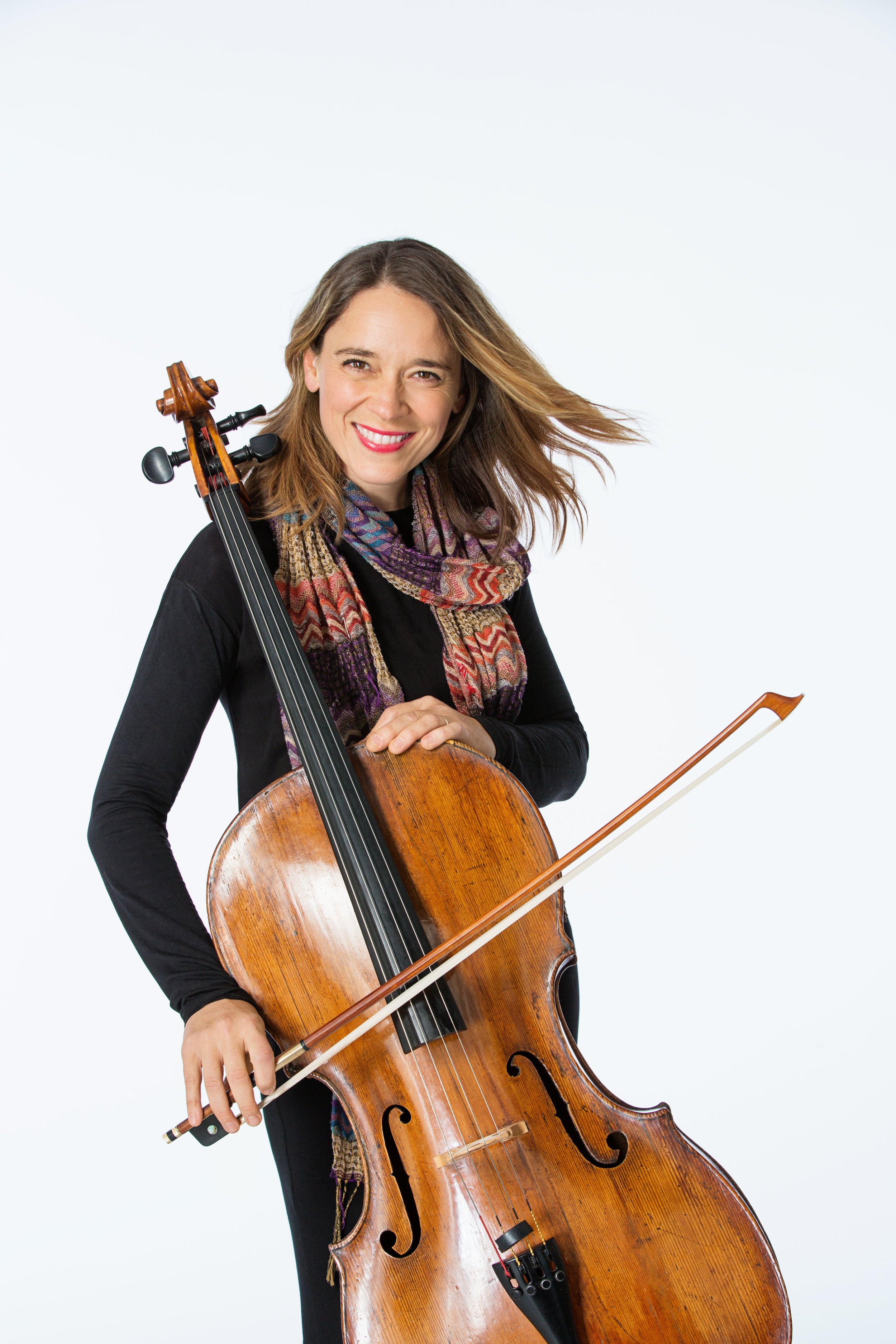
“The crowd was mesmerized.” - Oklahoma Contemporary
I am passionate about working with teachers and educators integrating the arts into all curriculum. I believe nurturing a child's natural sense of curiosity, wonder, and creativity is the foundation for joy in all aspects of learning.
I work to develop creative ideas to explore math, science, social studies, and language arts through the fine arts.
Coupled with brain-based research, this engaged learning helps to reach all children regardless of learning styles.
Please see the following brief examples of projects and literature used in previous performances, school visits, and visiting artist engagements.
Storytelling Content.
-
01. The Legend of the Indian Paintbrush by Tomi DePaola
Storytelling with the cello brings the story to life. We then spend time exploring watercolor paint techniques to recreate the sunset from the story. We finish our time together by planting Indian Paintbrush in small planters. Teachers may use this in their science curriculum as well as Oklahoma History lessons as they explore story types such as legends.
-
02. Exploring The Planets, by composer Gustav Holst
As 5th grade delves into their planets science unit, I open the door to a new world of sound through the wonderful music of Gustav Holst. In this multi-day visit, we start by taking a sound safari outside and learning about composers and how they create a "score." We then listen to each movement of The Planets and discuss the relationship between the music and the Roman Gods. This can tie into not only a science unit, but a language arts unit as well.. Students can also experiment with music composition on their mac books and tie music composition in with writing techniques, use of the thesaurus, and ideas of thematic composition.
-
03. Sun, Moon and Stars
This multi day visit begins with an introduction to the cello and how music can tell a story. We discuss their learning of the sun, moon and stars. I introduce the idea that writers and composers have long been inspired by the night sky. I follow with my performances of classical cello pieces such as Song of the Moon by Dvorak. We then do an beginner writing exercise centered around inspiration. We end the time by painting pieces inspired by Van Gogh's Starry Night. 1st grade science.
-
04. Saint-Saen's Carnival of the Animals in collaboration with the study of Animal Adaptations
This two day visit will begin with the introduction to the cello and how music can represent animals. This can tie into language arts units and use of symbols. Children love to dance to each movement of the classical piece and we get silly with how our bodies can move like each animal. For children with tactile learning needs, this can be very helpful in teaching animal adaptations. We end our visit by painting (or sculpting with air dry clay) animals in their habitat prepared for kindergarten and 1st grade.
-
05. Buffalo Storm by Katherine Applegate
This beautiful story about a little girl who moves with her family from the plains to the northwest is a lovely story about family love, courage, and history. The cello's deep rich tone brings the sound of the buffalo to life. This is a wonderful time for a class to discuss the core values of courage and empathy. Teachers may choose to tie this visit in with a weather unit as well as grade level United States studies. If time permits, I can add an art project as well.
-
06. How to Make an Apple Pie and See the World, by Marjorie Priceman and Trip Around the Word with Toot and Puddle
This is very fun visit for the early grades. This can be done in the early fall as children are learning about apples, I also couple this with small geography lessons and lessons on how we travel. After storytelling and the introduction of the cello and music, we will make storytelling strings that symbolize parts of the story and work on retelling. Teachers may also choose for me to do a collaborative art project that highlights the diversity of their class by painting a map of the world and then taking string to show all the countries that are represented in their class. This can be expanded for older grades to include math lessons on data collecting. Students can travel to different classes and collect data on languages spoken and countries of origin represented.
-
07. The Greedy Triangle by Marilyn Burns and the art of Matisse
Part One of this two day visit begins with an introduction of the cello and a discussion about the shapes of the cello and how it makes sound. We talk about vibration and how the shapes of the instrument parts effect the sound. Part 2 is the storytelling. I then move into the 3rd part of the visit and introduce a simple geometry lesson. The students will spend time cutting out different shapes in different colors. Part 4 is the exciting art project incorporating the art of Matisse and his cutouts. Students will create a piece of art on black construction paper using their shapes. Teachers may decide to expand this art project and use it to enforce the teaching of fractions. The students would then cut each shape into pieces and the pieces they use in the art must represent a fraction. We will leave time for students to write their fractions on the board and share their art.

